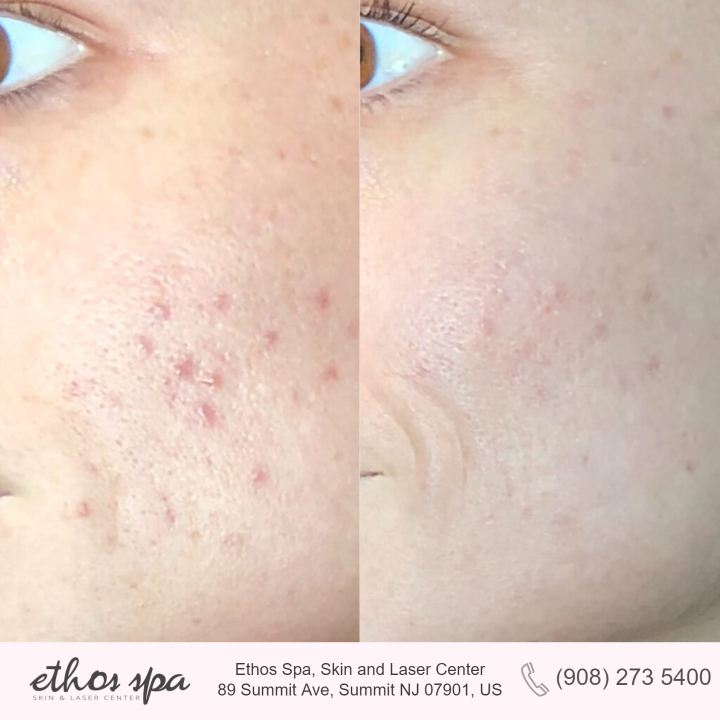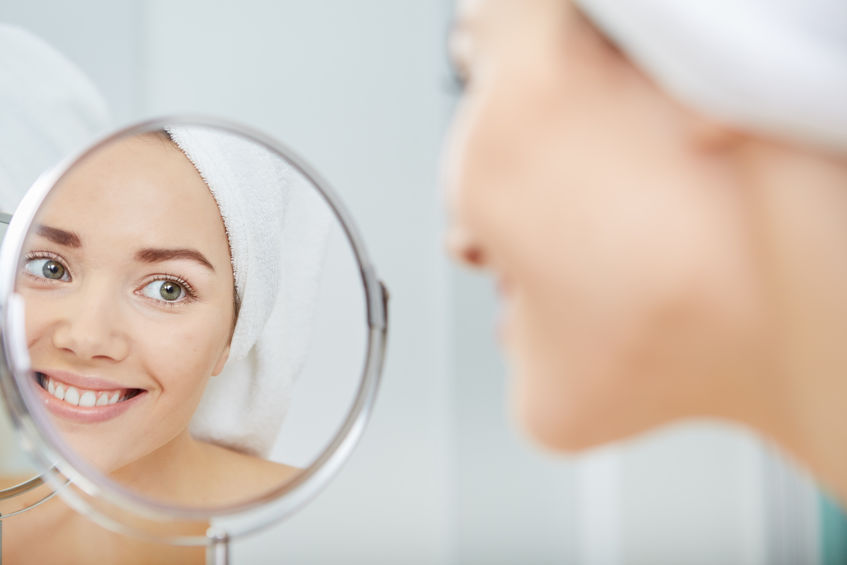Acne scars can be a terrible burden to carry, and up to 95% of individuals experience some sort of residual scarring from acne. Thankfully, those suffering acne scars no longer have to accept their scars for the rest of their life. These days, cosmetic clinics can now successfully erase acne scars with laser technology.
So what makes the ideal candidate for acne scar removal through laser treatment? The best candidates for this treatment are those without any active acne, as well as those with smooth and fair skin. Individuals with extremely wrinkled or darker skin with active acne cannot expect successful acne scar laser treatment.
How Acne Scar Removal Works
Laser treatment is the preferred solution these days for successful acne scar removal, due to the painless treatments and impressive results. Also known as laser resurfacing, laser scar removal treatment utilizes laser technology to focus light on the exposed layers of the skin.
The focused light causes the scar tissue to break up, while simultaneously encouraging the body to grow healthy skin cells to replace the broken scar tissue.
Patients with cases of acne scarring can expect significant results from laser skin resurfacing procedures, with the appearance of the scars becoming significantly diminished. While mild acne scars may disappear entirely, excessive acne scars may remain but with a less obvious appearance.
The Best Candidate for Laser Scar Removal
Being a good candidate for laser scar removal depends on a number of factors. These include:
- The texture and tone of your skin: Laser skin resurfacing works best on skin that isn’t very wrinkled, as wrinkles can prevent the light from properly breaking up the scar tissue. It is also important that your skin tone isn’t too dark, as this can make it more difficult if not impossible for the laser to be properly absorbed by the scar tissue.
- Your current level of acne: Patients who undergo skin resurfacing for their acne scars should have no active acne. The light must be focused on breaking up the scar tissue, meaning there should be no acne to get in the way.
- Your understanding of the procedure: A good candidate of laser skin resurfacing should understand everything there is to know about the procedure, from the different types of treatments, to the possible areas that can be treated, to the risks and side effects, and finally the expectations and limitations of the treatment.
Everything You Should Know About Laser Scar Removal
Types of Treatments
Most lasers used for the acne scarring treatment are pulsed-dye lasers, carbon dioxide (CO2) lasers, and erbium YAG lasers. These different lasers achieve similar results with different methods, and the type of laser used in your procedure depends on your scarring. The different methods of laser resurfacing include:
- Ablative Resurfacing: Ablative resurfacing involves the complete removal of the scarred skin’s top-most layer, meaning this is the most thorough laser resurfacing treatment available. Patients should expect anywhere from 3-10 days for the redness to subside and the skin to fully heal. This treatment requires a carbon dioxide laser or an erbium YAG laser.
- Non-Ablative Resurfacing: Non-ablative resurfacing involves infrared lasers, which focuses more on stimulating collagen production rather than destroying the scarred skin tissue. Infrared laser heat is focused onto the scarred skin, enough to stimulate the body to increase collagen production.
- Fractionated Treatment: Fractionated treatments use fractional lasers or Fraxel, which stimulate the tissue beneath the scarred skin, forcing the scar to disappear naturally from underneath. Patients with icepick and Boxcar scars are often recommended to this treatment.
Possible Targeted Areas
Most scar treatment laser procedures are intended for acne scarring skin conditions on the face, but this procedure can also be performed on other parts of the body. Potential targeted areas for laser scar treatment include:
- Face
- Neck
- Upper torso
- Arms
- Back
Risks and Side Effects
Like with any procedure, there are some possible risks and side effects as a result of treating acne scar conditions with lasers. Your side effects will depend on a number of factors, including the type of laser used in the procedure, the number of treatments required (determined by the severity of your condition), and your specific skin type.
Common side effects include redness, swelling, and slight pain at the treated area. While pain may just last 1-2 hours at most, redness and slight swelling can continue for up to 10 days after the treatment.
Other risks of these procedures include infection and hyperpigmentation, although these are mostly preventable and rely on the expertise and skill of your doctor.

Laser Away You Acne Scars at Ethos Spa Today
Are you a good candidate for laser treatment for your acne scars? Let our team at Ethos Spa decide and see how we can help. We have treated countless patients with our world-class laser equipment, and we can help make your acne scars a thing of the past.
Book your free consultation today to learn more.







